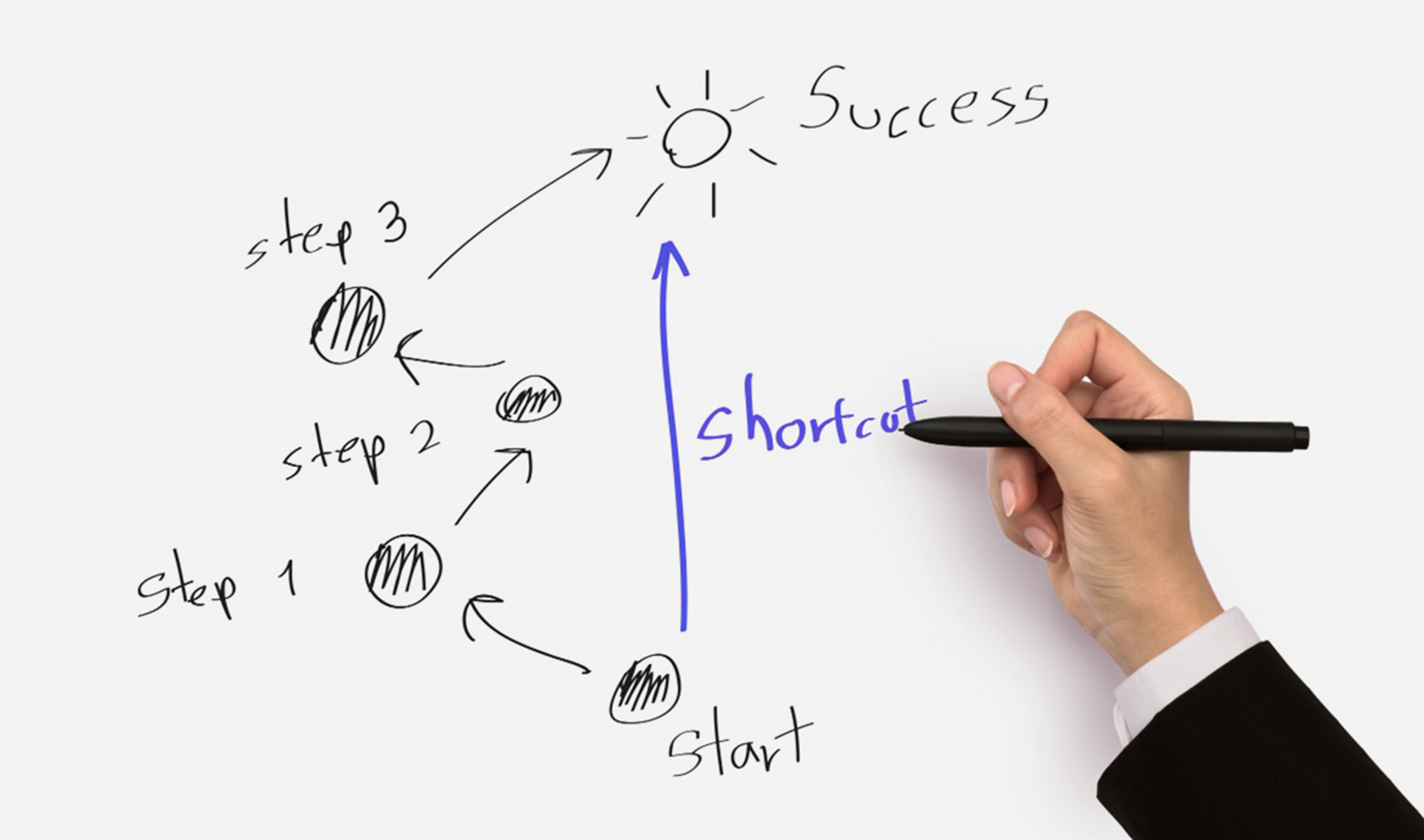How Your Customer Journey Mapping Should Inform Your Engagement Strategy

Effective understanding and engagement of customers are important for business success. One powerful tool that can significantly enhance your engagement strategy is customer journey mapping. Imagine having a clear roadmap of your customer's experience with your brand, from the very first interaction to post-purchase activities. This is what customer journey mapping offers—a detailed visual representation of the customer experience that can inform and refine your engagement strategy.
In this blog post, we will explore the importance of customer journey mapping, break down its stages, and provide practical steps for implementation. By the end of this article, you'll understand how to leverage customer journey mapping to create personalized experiences, identify service gaps, and more effectively target the right audience.
*Customer Journey Mapping provides a visual representation of a customer's interactions with your brand, helping businesses understand behavior and identify pain points.
*Stages of the Customer Journey include awareness, consideration, purchase, and post-purchase stages.
*Customer journey mapping allows for personalized experiences and helps in effectively targeting the right audience.
What is Customer Journey Mapping?
Customer journey mapping is a strategic approach to understanding the various touchpoints and experiences customers have with your brand. It involves creating a visual representation of the steps a customer takes from awareness to post-purchase interactions. This map provides valuable insights into customer behavior, pain points, and motivations, helping businesses tailor their engagement strategies to meet customer needs.
Customer journey mapping is not just about plotting a customer's path; it's about gaining a deeper understanding of their emotional and psychological state at each stage. By doing so, you can create more meaningful and impactful engagements that resonate with your audience and foster long-lasting relationships.
The Stages of Customer Journey Mapping
Awareness
The awareness stage is where potential customers first learn about your brand. They might come across your website, see an ad, or hear about you through word of mouth. At this stage, customers are not yet ready to make a purchase; they are simply gathering information and exploring their options.
It's crucial to create engaging content that captures their attention and piques their interest. This can include blog posts, social media content, and informative videos that highlight the unique value your brand offers.
Consideration
In the consideration stage, customers are actively evaluating different options and comparing your brand to competitors. They seek more detailed information to make an informed decision. Your content needs to be educational, persuasive, and trust-building.
Providing case studies, customer testimonials, and detailed product information can help customers understand why your brand is the best choice. Offering free trials or demos can also be an effective way to move them closer to a purchasing decision.
Purchase
The purchase stage is the culmination of the customer's decision-making process. They have chosen your brand and are ready to make a purchase. To avoid any last-minute drop-offs, it's essential to ensure a smooth buying experience.
Optimizing your checkout process, offering multiple payment options, and providing clear instructions can help reduce friction and encourage conversions. Additionally, personalized follow-up emails and thank-you messages can enhance the overall purchase experience.
Post-purchase
The customer journey doesn't end with the purchase. The post-purchase stage is critical for building loyalty and encouraging repeat business. At this stage, it's important to continue engaging with customers, addressing any concerns, and providing ongoing support.
Offering loyalty programs, sending satisfaction surveys, and providing valuable content, such as tips for using the product, can help maintain a positive relationship with customers. Happy customers are more likely to become brand advocates and refer others to your business.
Why Customer Journey Mapping is Crucial for Engagement Strategy
Personalized Customer Experiences
One of the most significant benefits of customer journey mapping is the ability to create personalized customer experiences. By understanding the unique needs and preferences of your customers at each stage, you can tailor your content and interactions to resonate with them on a deeper level.
Personalization can take many forms, from personalized email campaigns to targeted ads and product recommendations. When customers feel understood and valued, they are more likely to engage with your brand and develop a sense of loyalty.
Identifying Gaps in Service
Customer journey mapping helps identify gaps and pain points in the customer experience. By analyzing the different touchpoints and interactions, you can pinpoint areas where customers may be experiencing frustration or dissatisfaction.
Addressing these gaps proactively can improve overall customer satisfaction and prevent potential churn. For example, if customers frequently abandon their carts during the checkout process, you can investigate and optimize the checkout experience to reduce friction and increase conversions.
Targeting the Right Audience
An effective engagement strategy requires targeting the right audience with the right message. Customer journey mapping provides valuable insights into the demographics, behaviors, and motivations of your customers, allowing you to create more accurate buyer personas.
With this information, you can segment your audience and deliver tailored content that speaks directly to their needs and interests. This targeted approach increases the relevance of your marketing efforts and improves the chances of converting leads into loyal customers.
Practical Steps in Mapping the Customer Journey
Collecting Data
The first step in customer journey mapping is collecting data. This involves gathering information from various sources, such as website analytics, customer feedback, and social media interactions. The goal is to gain a comprehensive understanding of how customers interact with your brand across different channels.
Tools like Google Analytics, heatmaps, and customer surveys can provide valuable insights into customer behavior. Analyzing this data will help you identify common touchpoints and patterns in the customer journey.
Creating Personas
Creating customer personas is a crucial step in the mapping process. Personas are fictional representations of your ideal customers based on real data and insights. They help you understand the different segments of your audience and their unique needs and preferences.
When creating personas, consider factors such as demographics, goals, pain points, and preferred communication channels. This information will guide your engagement strategy and ensure that your interactions are relevant and personalized.
Mapping the Journey
Once you have collected data and created personas, it's time to map the customer journey. Start by identifying the key stages (awareness, consideration, purchase, post-purchase) and the touchpoints within each stage.
Use visual tools like flowcharts or diagrams to create a clear and organized map. Include details about the customer's emotions, motivations, and potential obstacles at each touchpoint. This visual representation will help you see the entire customer experience at a glance.
Analyzing and Improving
Mapping the customer journey is an ongoing process. Regularly analyze the map to identify areas for improvement and update it based on new data and insights. Look for trends and patterns that indicate opportunities for optimization.
For example, if you notice that a significant number of customers drop off during the consideration stage, you may need to enhance your content or provide additional incentives to encourage them to move forward.
Case Studies: Successful Use of Customer Journey Mapping in Engagement Strategies
To illustrate the effectiveness of customer journey mapping, let's look at a few case studies of businesses that have successfully used this approach to enhance their engagement strategies.
Example 1:
A leading e-commerce company used customer journey mapping to identify pain points in their checkout process. By analyzing customer feedback and behavior, they discovered that many customers abandoned their carts due to a complicated checkout process. The company streamlined the checkout process, resulting in a 20% increase in conversions.
Example 2:
A software company used customer journey mapping to improve their onboarding process. By understanding the challenges new users faced, they created a series of tutorial videos and personalized email campaigns to guide users through the setup process. This led to a higher user retention rate and increased customer satisfaction.
Example 3:
A travel agency used customer journey mapping to enhance their marketing campaigns. By analyzing customer interactions and preferences, they created targeted email campaigns with personalized travel recommendations. This resulted in a higher open rate and increased bookings.
Tips for Businesses to Implement Customer Journey Mapping for Better Engagement
Implementing customer journey mapping can seem daunting, but with the right approach, it can yield significant benefits. Here are a few tips to help you get started:
- Start Small: Begin with a specific segment of your audience or a particular aspect of the customer journey. This will make the process more manageable and allow you to refine your approach before scaling it up.
- Involve Your Team: Customer journey mapping is a collaborative effort. Involve different departments, such as marketing, sales, and customer service, to gain diverse perspectives and insights.
- Use the Right Tools: Invest in tools and software that can help you collect and analyze data, create personas, and visualize the customer journey. There are many free and paid options available, so choose the ones that best fit your needs.
- Regularly Review and Update: Customer behavior and preferences change over time, so it's important to review and update your customer journey map regularly. This will ensure that your engagement strategy remains relevant and effective.
Conclusion
Customer journey mapping is an evolving marketing strategy, and its importance in shaping engagement strategies will only continue to grow. As technology advances and customer expectations rise, businesses must stay ahead of the curve by continually refining their understanding of the customer experience.
By leveraging customer journey mapping, businesses can create personalized, seamless, and impactful experiences that drive customer engagement and loyalty. The future of customer engagement lies in understanding and anticipating customer needs, and customer journey mapping is the key to unlocking this potential.
At FlareLane, our marketing automation features offer a comprehensive solution for enhancing customer interaction and engagement. With advanced analytics, real-time communication tools, and personalized marketing strategies, we can help you create meaningful and lasting customer relationships.
Ready to take your customer engagement to the next level? Learn more about how we can help your business thrive.


